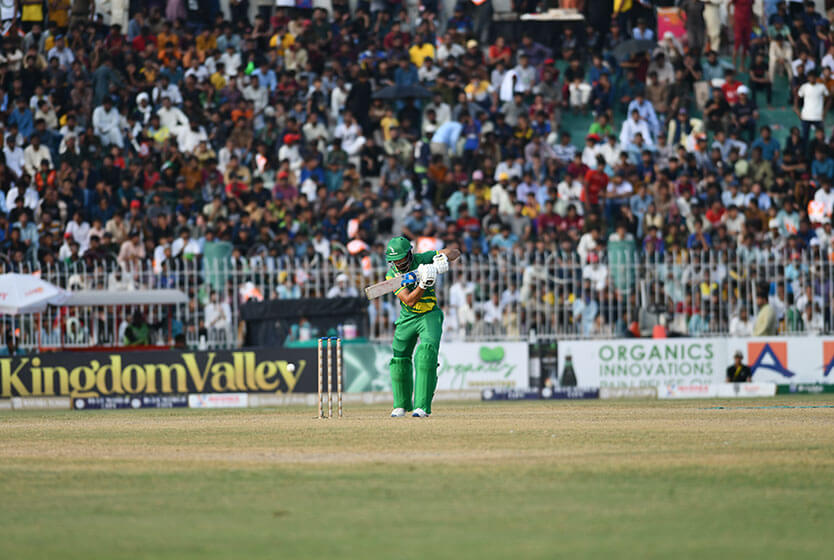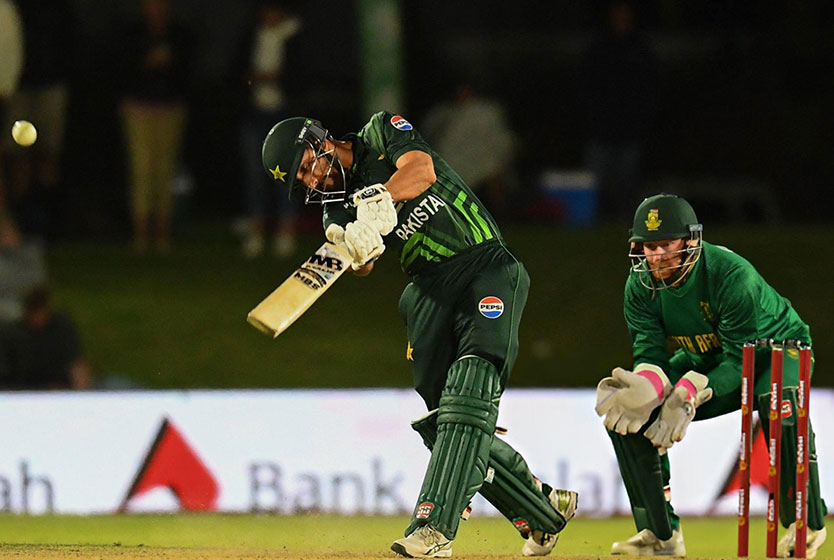
Fixing Pakistan’s Broken Cricket System?
be-shu.ūr log haiñ zindagī kā rog haiñ
aur tere paas hai un ke dard kī davā
maiñ ne us se ye kahā
tū ḳhudā kā nuur hai aql hai shu.ūr hai
qaum tere saath hai tere hī vajūd se
mulk kī najāt hai
These verses from “Mushir,” a poem by Habib Jalib, have always resonated deeply with me. Not just because of their lyrical beauty but because they perfectly capture the collective yearning of Pakistanis for a savior—a single person to alter the nation’s destiny. Yet, these lines also highlight the role of “mushirs” or advisors, who, rather than advising sincerely, perpetuate a culture of flattery and incompetence. This curse plagues our society across various fields, from politics to sports, where individuals prioritize self-preservation over the welfare of the system.
The Pakistan Cricket Board (PCB) has exemplified this dysfunction for the past three years. The musical chair of PCB chairman—four in just three years—mirrors the instability within Pakistan itself. This has led to a revolving door for selectors, coaches, and a domestic cricket structure that seems to change yearly. Each shift in leadership brings about its own set of changes, making it nearly impossible to establish a stable foundation. As Pakistan cricket enters its third consecutive year with yet another new domestic structure, the constant changes highlight an organization in turmoil.
In 2019, Wasim Khan, then CEO of the PCB, introduced a six-team domestic structure. This was the brainchild of former Prime Minister Imran Khan, who had long advocated for adopting the Australian domestic cricket model in Pakistan, believing it would elevate the game to new heights. The new structure aimed to condense the domestic competition to only the best players, thereby raising the standard of first-class cricket in the country. However, this move was met with mixed reactions. Critics pointed out that scrapping departmental cricket, which had been a mainstay since the 1970s, would lead to a loss of livelihood for many players. Others argued that six teams were too few for a nation as large and populous as Pakistan.
Political changes soon led to a shift in leadership within the PCB. Najam Sethi returned as the head of the PCB Management Committee after a vote of no confidence against Imran Khan. One of his first actions was to revoke the 2019 constitution and revert to the older 2014-2018 constitution, which included a mix of regional and departmental teams. This new model, with eight regional teams for the Quaid-e-Azam Trophy, another eight for the Hanif Mohammad Trophy, and the Patron’s Trophy for departmental teams, reflects a return to the past.
While departmental cricket provided employment and stability for players, a more regional focus is essential for modern sports to thrive. Successful models like India’s Ranji Trophy, Australia’s Sheffield Shield, and England’s County Championship are all based on regional affiliations, which create local interest and loyalty. Pakistan’s cities and towns need to be incentivized to invest in their teams, from sponsorship to management, to create a sustainable and competitive domestic cricket environment.
Now, in 2024, the Mohsin Naqvi administration has retained the 2018 structure but added a new dimension—the Champions Cup. Touted as an elite competition, it features five teams playing across three formats: four-day cricket, ODIs, and T20s. However, this new tournament appears to replicate the six-team domestic structure from 2019, merely adding another layer to the already convoluted system. Instead of strengthening the existing setup, it risks further diluting the quality of cricket.
The scheduling of the Champions Cup is perplexing. There are no first-class matches before Pakistan’s three-match Test series against England, which is set to begin in October, leaving players underprepared for red-ball cricket. Even more bizarre is the fact that the first-class season starts when half of the home Tests have already been played. The red-ball competition of the Champions Cup is scheduled from May 29, 2025, to August 2025, which coincides with the hottest months in Pakistan, making it almost impossible to play cricket in such conditions. These scheduling decisions reflect a need for foresight and better planning.
Additionally, portraying the Champions Cup as a revolutionary step for Pakistan cricket seems disingenuous. It is essentially a glorified version of the Pentangular Cup, which the PCB used to organize in the past. Rather than truly innovating or simplifying the domestic structure, this new tournament complicates matters further without adding any real value to the sport’s development in the country.
For any domestic cricket structure to succeed, it must be given time to mature. Systems in sports require a minimum of five to ten years to yield meaningful results. Frequent changes prevent an accurate assessment of a system’s strengths and weaknesses, thus hindering player development and the overall quality of cricket. The recurring debate in Pakistan cricket revolves around balancing the quantity and quality of cricket. While more matches provide opportunities for players, these games must maintain a high standard.
The six-team structure of 2019, despite its flaws, had its merits. It created a competitive domestic structure focused on quality cricket, ensuring that only the best players got to participate at the highest levels. It allowed for better coverage and broadcasting of matches and ensured that games were played in well-maintained stadiums. While expanding this model to ten teams could have addressed concerns about representation, dismantling it entirely was a misstep. A tiered system with promotion and relegation could have enhanced competitiveness, allowing lower-tier teams the opportunity to move up, ensuring that all regions and departments had a stake in the top level of cricket.
The PCB should focus on governance rather than direct management, creating standards and guidelines for city-based teams to follow. Encouraging local businesses and wealthy individuals to invest in their city’s teams could create a sustainable model, reducing the PCB’s financial burden while enhancing local engagement.
Pakistan cricket is at a crossroads, reflective of the broader instability within the board and domestic structure. The constant overhauls and short-term fixes have resulted in a system in severe turmoil. To chart a path to a better future, we must stop placing our hopes on a “Tū khudā kā nur hai” type of individual—leaders who are seen as singular saviors. Instead, the focus should be on creating stable, sustainable systems that do not rely on the charisma or vision of one person to change the fortunes of Pakistan cricket.
The opinions expressed solely belong to the writer and do not necessarily reflect the views of Grassroots Cricket.







Leave a Reply